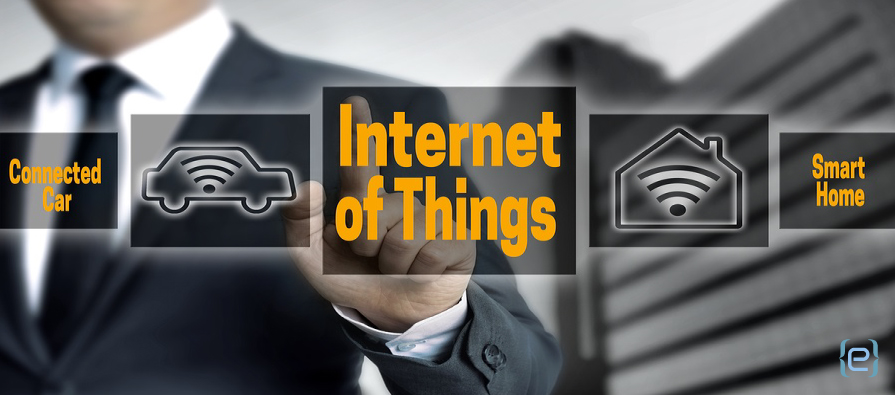Many industry experts argue that the Internet of Things ( IoT ) could bring about the next industrial revolution. It already has a wide variety of applications, and there are more coming: one in every six businesses is planning to roll out an IoT-based product.1
Still, the IoT is new and can be hard to grasp—even for analysts, whose current estimates of its economic impact range from nearly $2 trillion to more than $14 trillion.
As a nascent market, the IoT can feel very intangible. However, at its very essence, every IoT is comprised of “things.”
Connecting the internet’s things
The most exciting capability in the IoT is that its “things” have the ability to both sense and communicate.
Like the more traditional internet, IoT devices use Internet Protocols to handle communication. But where today we use the internet to analyze data that may inform our future actions, the IoT enables us to act in real time to get information from (and even optimize) physical objects out in the real world. This is why the IoT contains some impressive capabilities.
In general, IoT infrastructures need sensors, connectivity, people, and processes. They also need functionality enabling devices to identify, sense, and communicate as necessary. More advanced IoT networks need a central place for an end-user to collect, control, manage, and analyze data.
Here’s an overview of the basic technology stack inside the internet of things and some examples of its powerful capabilities in action.
Endpoints are sensors and activators that interact with the world around them. They can gather and analyze data, but also control other objects through an internet connection.
- Example: The Edyn garden sensor detects the water levels of your home garden. The endpoints in the OnFarm solution take this concept further for industrial farmers, detecting everything from soil moisture levels to weather forecasts and triggering actions based on those inputs.
Simple hubs connect these endpoints to broader networks. They can serve as a joining point for a small number of sensors and activators.
- Example: The BodyGuardian is an FDA-approved wearable sensor system that reads the biometric data of cardiac patients at home and sends it directly to a physician via a simple hub. In some systems, such as the Nest Home Thermostat, endpoints can allow for learning and adaptation over time.
Integrating hubs have the ability to connect simple hubs with outside connections. As more complex devices, they equip IoT networks with a broader array of services that fit together. What’s more, they incorporate inputs from multiple endpoints and simple hubs, no matter the vendor.
- Example: Apple HomeKit integrates smart home applications from a variety of providers in one central system. On a much larger scale, the MK Data Hub supports the collection and management of city service data in Milton Keynes, about 45 miles northwest of London.
Network and cloud services are the backbone of any large IoT network. They provide the internet connection for hubs, plus cloud computing power to collect, store, and analyze data from endpoints. These networks can be public or private. They can also be machine-to-machine or software-based.
- Example: SenseNET is a software-based IoT service based on a public network that helps power providers more easily identify potential issues, including malfunctions and tampering.
Enhanced services are at the highest point in the current IoT technology stack, and are typically the most technologically sophisticated. Here, networks can make use of the information collected and analyzed by other platforms. This space is the fastest-growing—and therefore least defined—part of the IoT.
- Example: Progressive Insurance is using IoT-enhanced services to link insurance rates to driver performance. To accomplish this, its system connects monitors on cars with software-based network services.
Stay grounded in IoT basics
Each layer of the current IoT stack contains a multitude of product options—and competitors. This will only increase as more companies jump into the IoT and vet emerging technologies. What’s more, the IoT has completely different, and often customizable, options in each industry vertical—from healthcare, to the industrial internet, to smart cities.
As a business owner, it’s important to objectively evaluate your options before jumping into the internet of things. Consider focusing on one area of the technology stack so you can get to know its complexity and competitors better—and know how to stand out when you’re ready to participate. As with any new technology, the IoT market may face some fragmentation as it grows. Remembering the basics will help you better understand how to play in this new space.
[1] SAP, Spotlight SAP 2017 Trend Two: Internet of Things Integration
used with permission from HP Technology at Work













